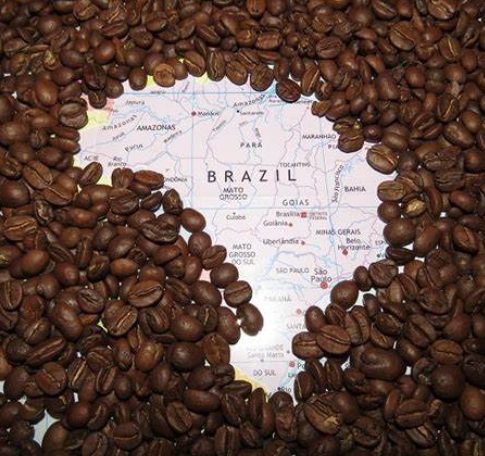Take me to South America
The South American coffee tradition is as rich as the culture of South America itself. Even though many of the countries in South America typically export more coffee than they drink, they sure do know how to make a unique coffee scene regardless.
When in Brazil
The South American terrain consists of high mountain ranges and low humid rainforests so that they can grow a large variety of coffee beans. Two of the most prevalent and flourishing coffee beans are Arabica Beans and Robusta Beans. The largest producer of coffee beans in the world is actually located in South America! Brazil holds over 27,000 square kilometers of plantations dedicated to coffee bean growing. Sao Paulo and the areas around it typically hold the perfect climate for growing coffee beans. Brazil widely uses the dry method of growing coffee beans, unlike many other countries. This involves drying coffee cherries in the Sun instead of washing them.

The Peru Scene
To some, Peru is the “cream of the crop” when it comes to coffee, and they’d be right! The Specialty Coffee Association of America actually selected them as one of the best in the world. Peruvian coffee is known for its medium body and has an aromatic, slightly acidic taste. A lot of the exported coffee from Peru lands in the cups of American and Europe citizens.
Welcome to Ecuador
To switch it up, Ecuador is not widely known for exporting coffee as it actually imports more coffee. Unlike other South American countries, Ecuador doesn’t rely on large plantations to grow coffee beans, but more on smaller, family-run farms. Due to this, coffee in Ecuador is actually pricier than in many other countries as it is seen as more of an exclusive commodity rather than a staple or art like in many European countries and the United States.
From South America, With Love
Overall, because South America focuses on exporting coffee rather than selling it at local markets, the price of coffee in South America is actually higher compared to other regions. As an example, a cappuccino on average would cost the same as a typical two-course meal in South America. If you decide to take a visit, just make sure to savor every sip of your coffee!
By John Toledo









